1. Rewarding Good Behavior After the Fact

Instead of offering a treat upfront, wait until your dog has completed the desired behavior before rewarding them. This reinforces the idea that treats are earned, not given out as bribes, encouraging them to follow commands.
2. Use Treats for Positive Reinforcement
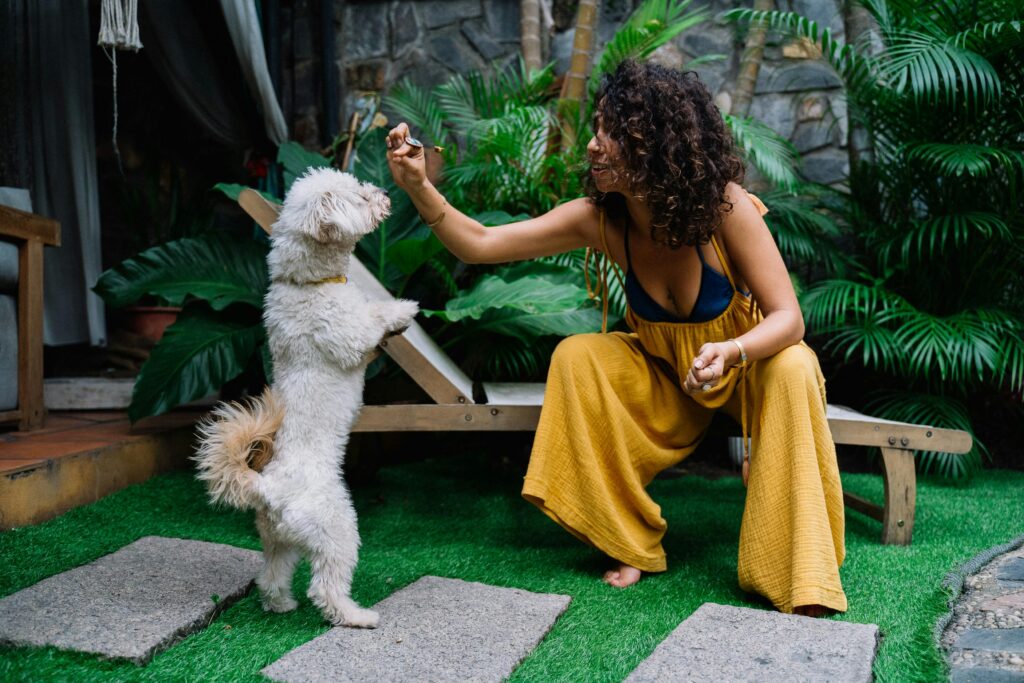
Whenever your pet does something right, use a treat to reinforce the behavior. This method helps solidify the connection between the command and the action without the treat being a distraction or bribe.
3. Incorporate Treats into Puzzle Toys
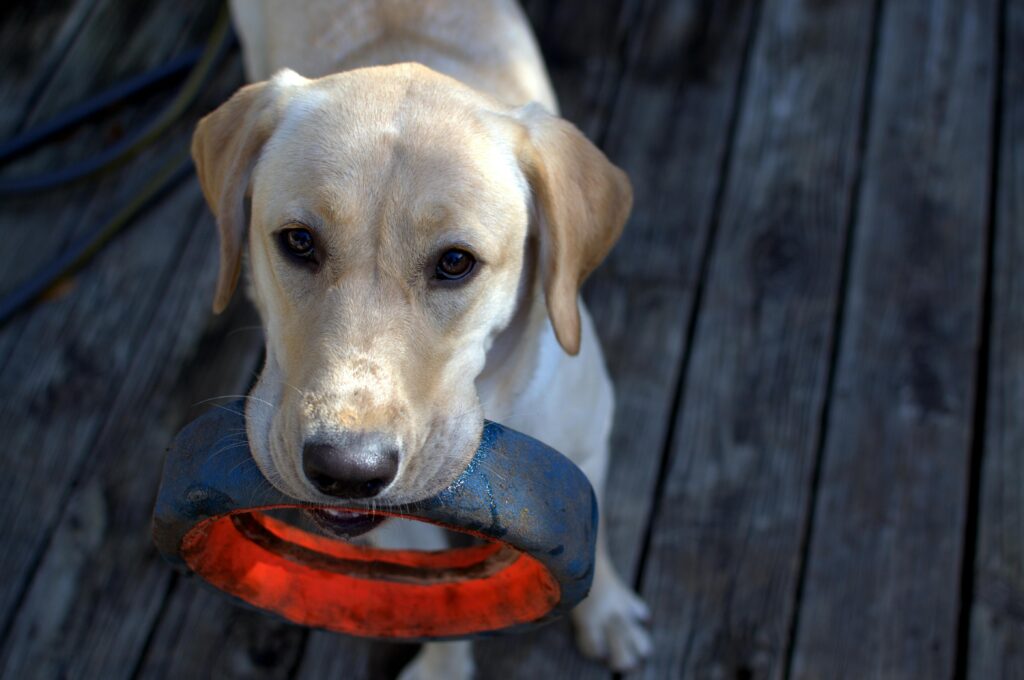
Hide treats in puzzle toys or treat-dispensing balls. This turns training into a fun game where your dog has to work for the treat, encouraging problem-solving and mental stimulation while reinforcing positive behavior.
4. Use Treats for Recall Training
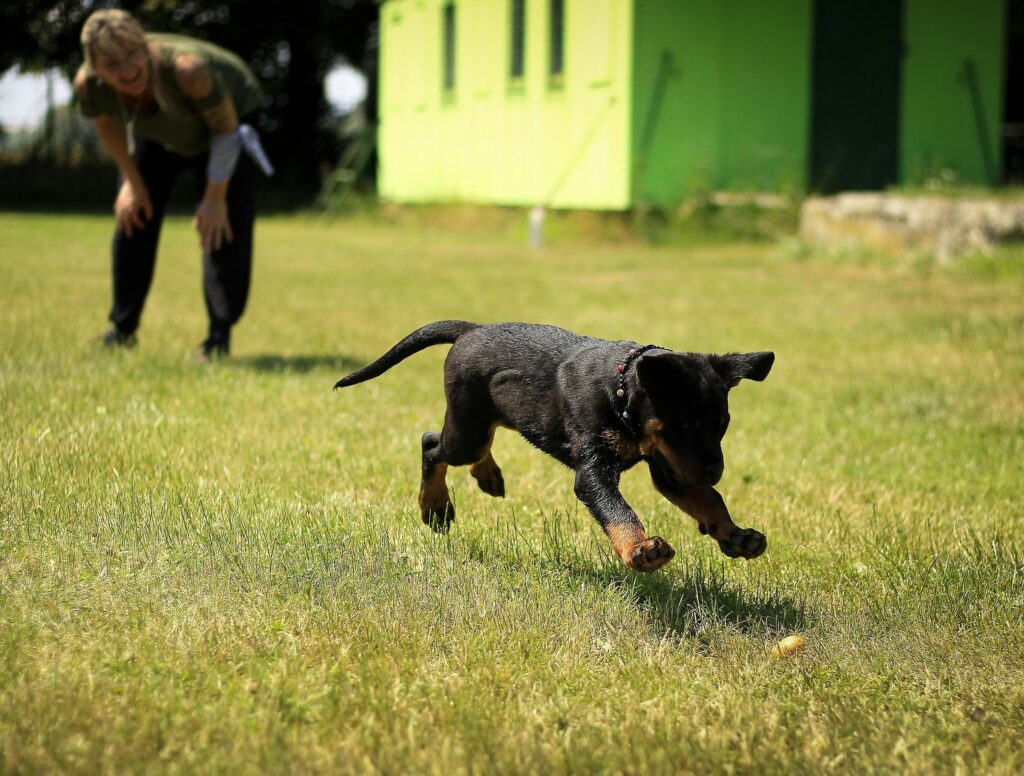
Calling your dog back to you during playtime and rewarding them with a treat strengthens their recall ability. Since the treat comes after the command is followed, they associate returning to you with positive outcomes rather than bribery.
5. Reward with Treats During Calm Moments

Don’t only give treats during high-energy training sessions. Reward your dog for staying calm, lying down quietly, or simply being well-behaved in relaxed settings to encourage balanced behavior in all situations.
6. Gradually Reduce Treat Frequency

Start by giving a treat every time your dog performs the desired behavior, but as they master the command, reduce the treat frequency. Eventually, they will perform the behavior without expecting a treat every time, focusing more on your praise and approval.
7. Use Treats as Part of a Training Circuit
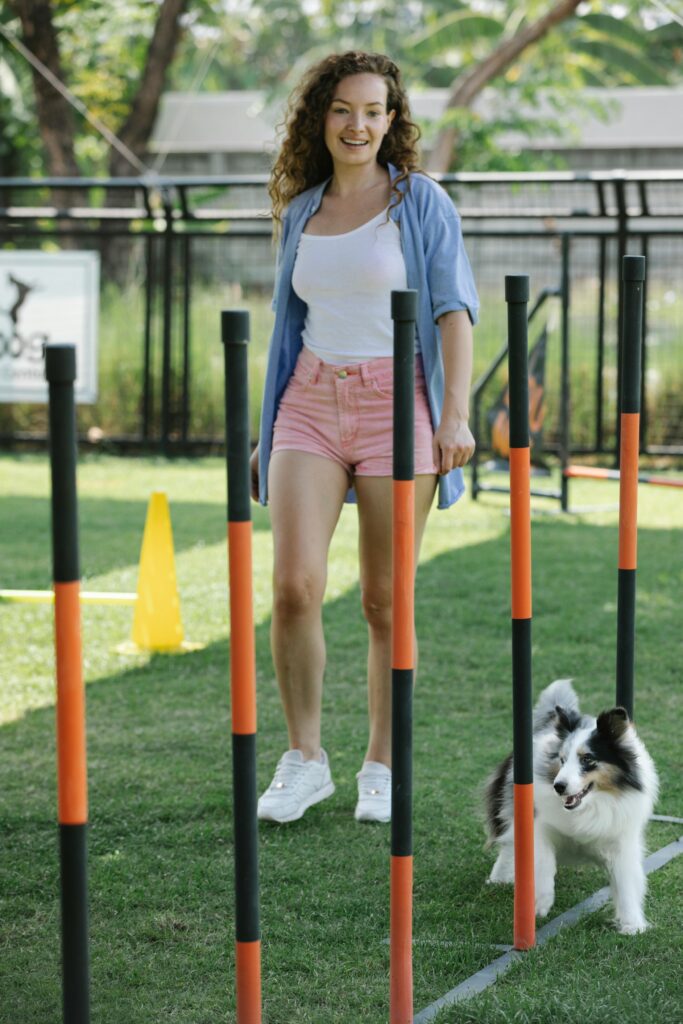
Create a training circuit where your dog moves through several commands or obstacles. After completing the entire circuit, reward them with a treat at the end. This method shifts the focus away from the treat and more on the tasks at hand.
8. Pair Treats with Verbal Praise
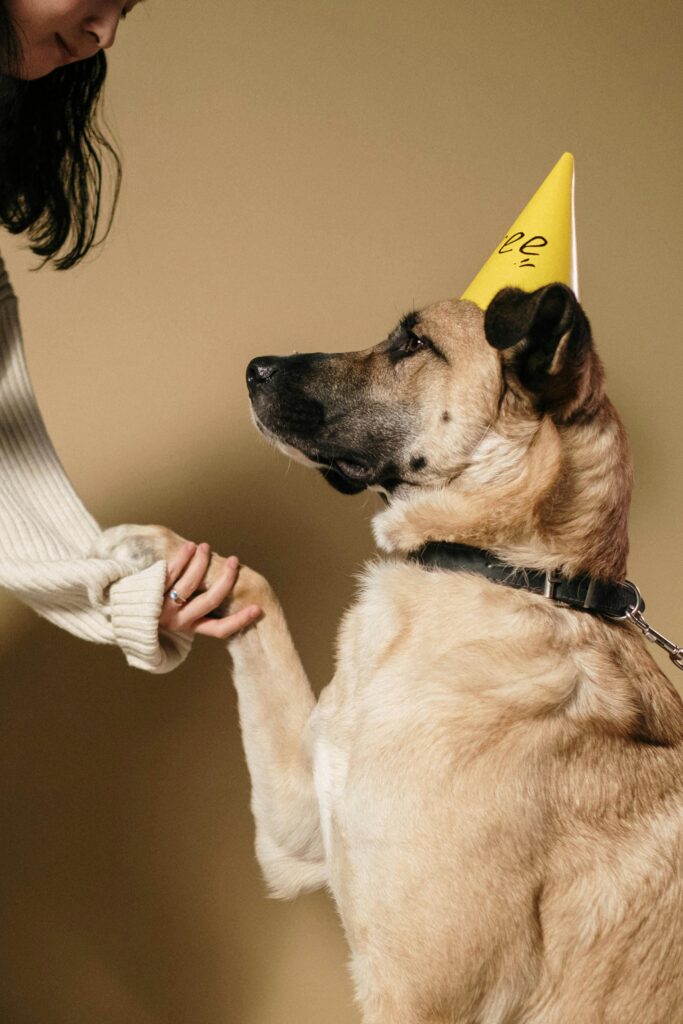
Instead of solely relying on treats, combine them with enthusiastic verbal praise or petting. Over time, your dog will respond to your positive voice and affection, reducing the need for treats as a primary motivator.
9. Randomize When You Give Treats
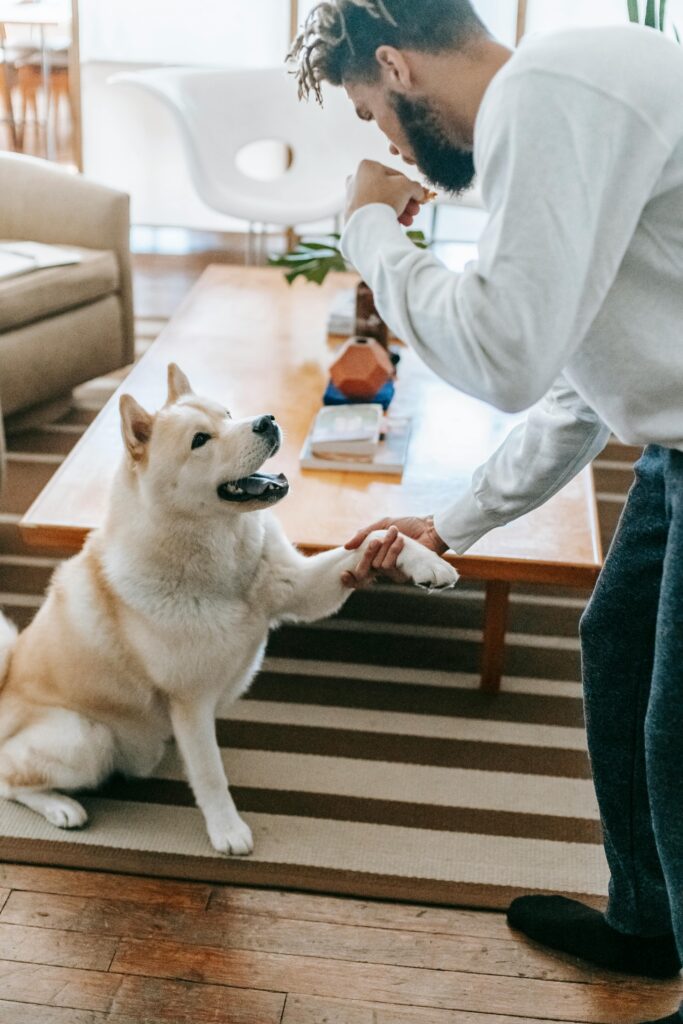
To prevent your dog from expecting a treat after every command, randomize when you give treats. Sometimes reward after the first command, other times after the third or fourth. This keeps your dog on their toes and eager to follow instructions without expecting immediate rewards.
10. Use Treats for Focus Training
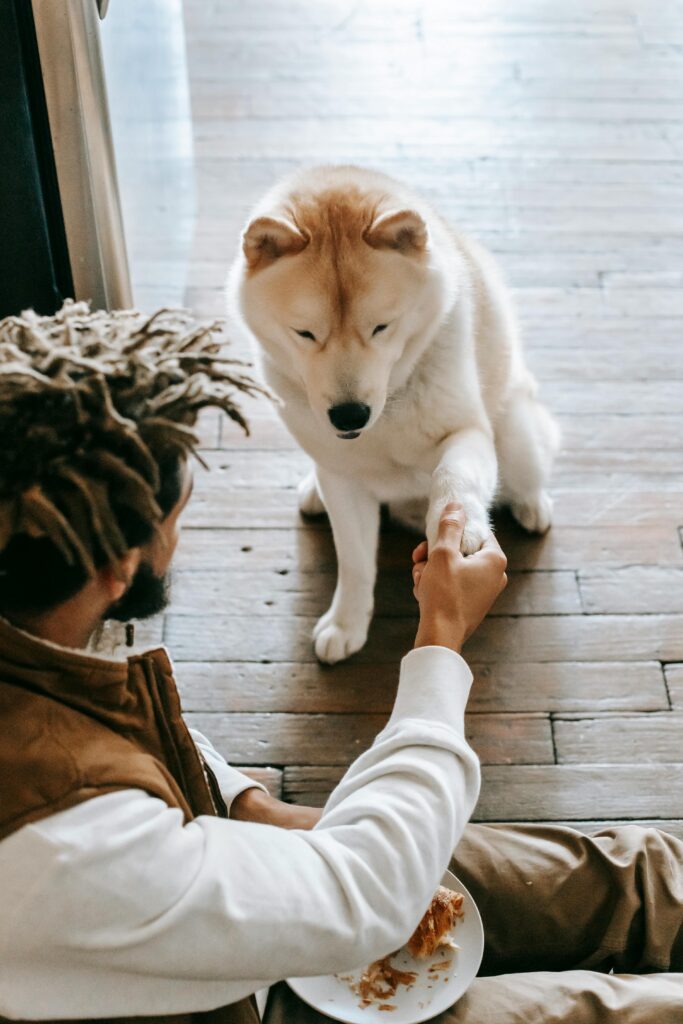
Teach your dog to maintain focus on you by rewarding them with a treat only when they make eye contact or pay attention during distractions. This helps them learn that staying focused leads to rewards, instead of offering a treat upfront to bribe them into listening.
11. Treat-Based Hide and Seek

Hide treats around the house or yard, and ask your dog to find them after performing commands. This fun game builds on their scent-tracking skills while also reinforcing that treats come as a reward for positive actions, not as bribes.
12. Reward Treats for Stopping Unwanted Behaviors

Instead of scolding your dog for barking or jumping, reward them with a treat when they stop the behavior. This positive reinforcement teaches them that calmness or following commands is what earns them a treat.
13. Use Treats for Impulse Control
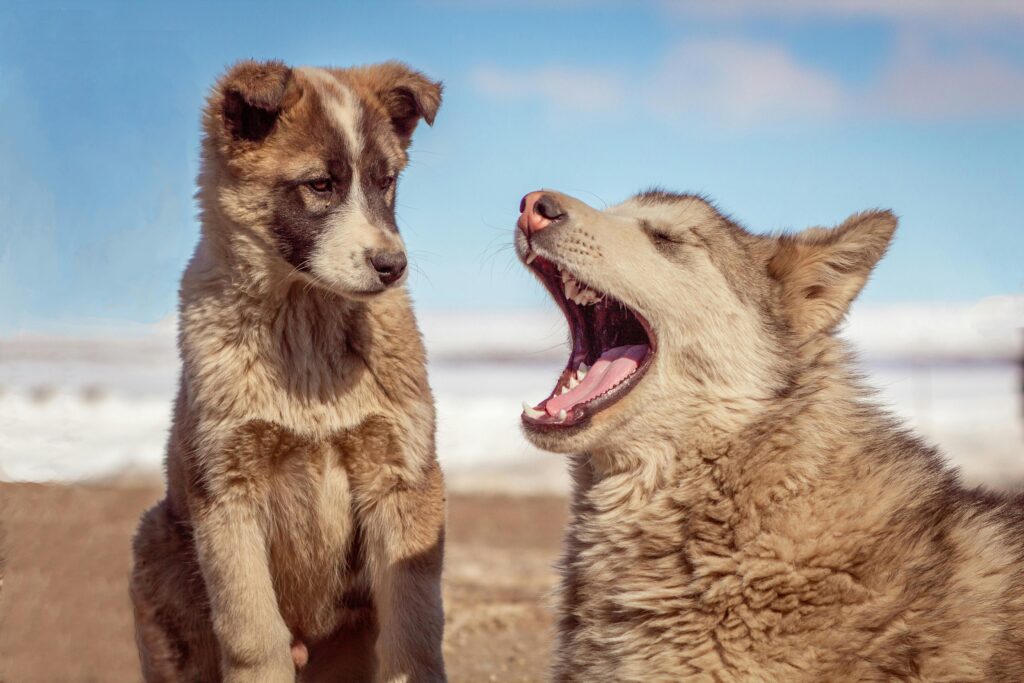
During training, use treats to teach your dog patience and impulse control. Hold a treat in your hand and ask them to wait before giving it to them. This exercise strengthens their self-discipline and shows that treats are rewards for good behavior.
14. Combine Treats with Clicker Training
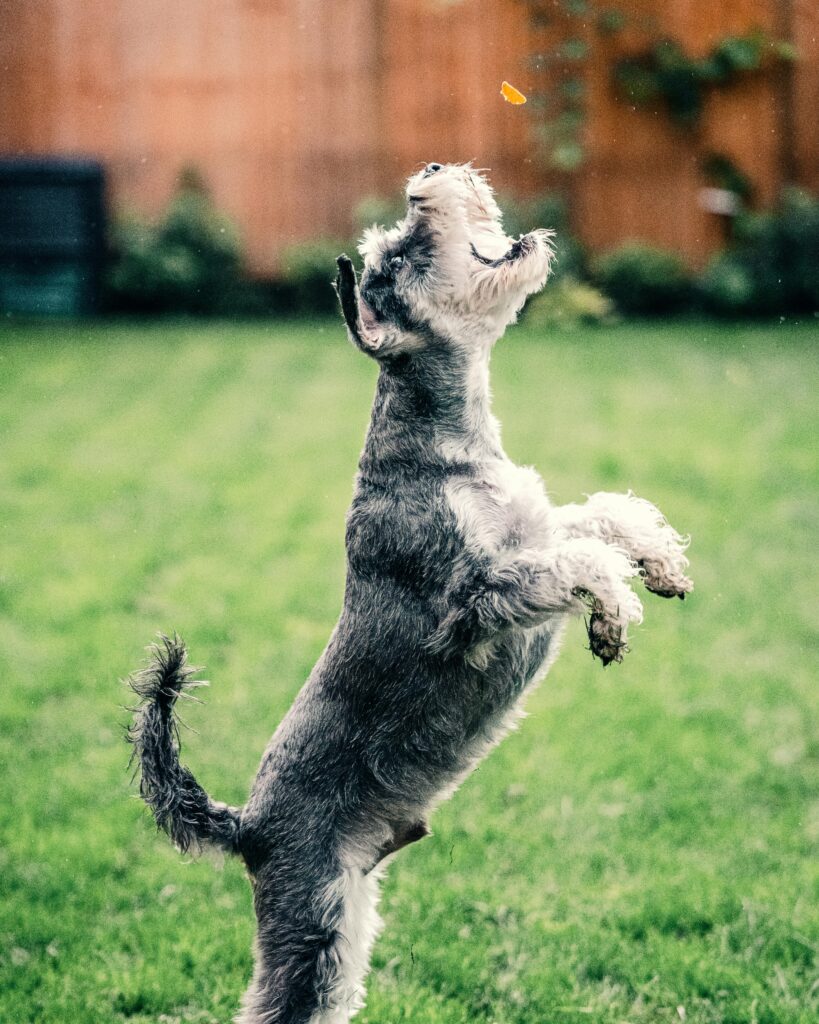
Clicker training uses the sound of a clicker to signal that your dog has performed a desired behavior. Reward with a treat after the click to reinforce the behavior. Over time, the clicker becomes more important than the treat, helping to phase out food rewards.
15. Use Treats to Reinforce Long-Term Behaviors
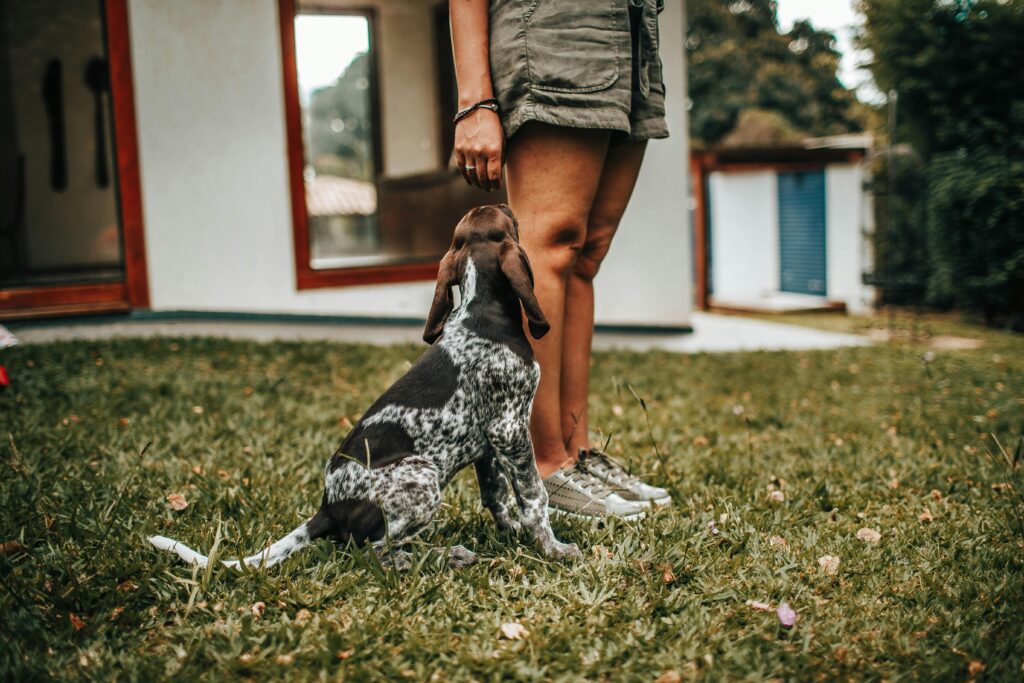
For long-term behaviors like staying in place or heel walking, use treats intermittently throughout the exercise. This teaches your dog that maintaining good behavior over an extended period results in rewards, not just immediate bribes at the beginning.


